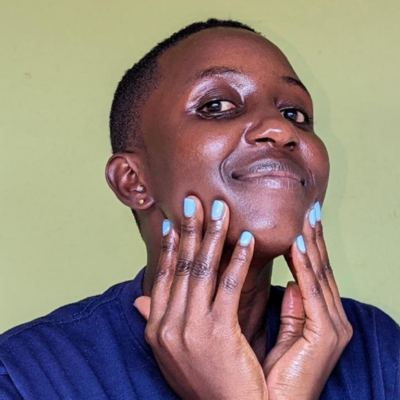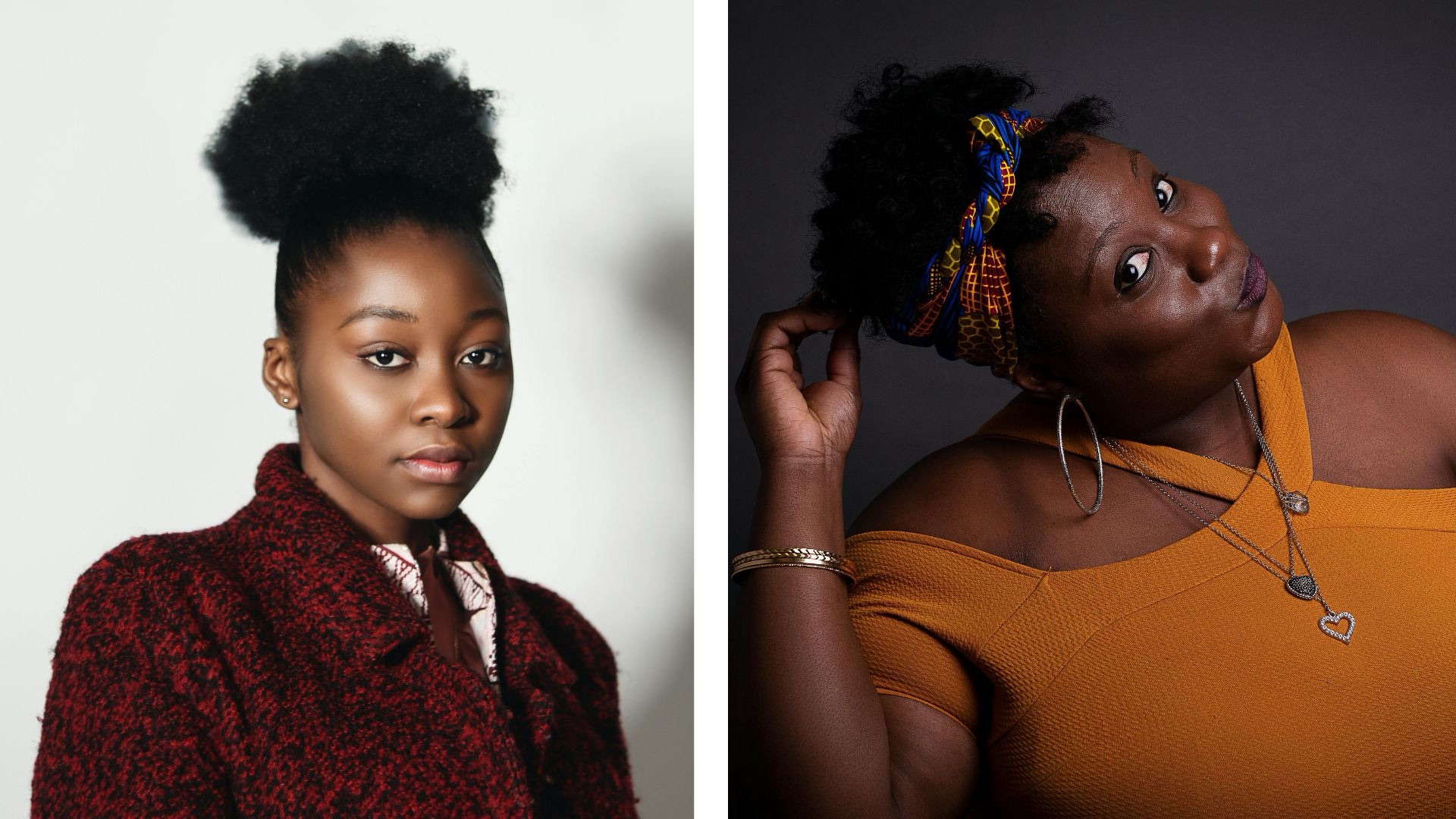- Support 24/7
- +1 (480) 468-4543
- livara@mylivara.com
The Foundation of Healthy Hair: Why You Need To Know Your Hair Type

Why Shea Butter is a Must-Have for Healthy Hair and Glowing Skin: What You Need To Know
August 31, 2024
The Best Tips for Type 3A, 3B, and 3C Curls
September 4, 2024
Have you ever found yourself lost in a sea of haircare advice, only to be thrown off by what seems like a secret code—3A, 4B, 4C—what do these even mean? It’s almost as if we’re trying to categorize our hair types with a set of art pencils, right? The endless array of numbers and letters can feel like you’re studying for a test you never signed up for. But here’s the thing: these little codes hold the key to understanding your hair in a way that could transform your hair care routine forever.
If you’ve ever felt frustrated by your hair’s refusal to cooperate, the solution might be simpler than you think. It all starts with understanding your unique hair type. Once you decode these secret codes, you’ll be equipped with the knowledge to give your hair exactly what it needs. No more trial and error with products that don’t work, no more wasting money on solutions that aren’t designed for your texture—just a path to healthy, flourishing hair that feels like it’s finally being understood.
But let’s be real for a moment: natural hair, especially African hair types, can be a mystery. One day it’s flourishing, the next, it’s drier than the Sahara. Understanding your hair type isn’t about putting yourself into a box, it’s about opening a door to a deeper connection with your hair—a connection that can help you navigate the world of natural hair care with confidence and ease. Whether you’re a 3B beauty or a 4C queen, knowing your hair type is the foundation of building a hair care routine that works for you.
Let’s dive in and demystify these hair type codes once and for all.
The Basics of Hair Typing

Before we get into the specifics of each hair type, let’s start with the basics. The hair typing system was popularized by stylist Andre Walker, Oprah Winfrey’s longtime hairstylist, to categorize the wide variety of hair textures. The system ranges from Type 1 (straight hair) to Type 4 (kinky or coily hair), with subcategories like A, B, and C that represent variations in curl tightness and texture.
For African and African diaspora hair, we’re primarily talking about Types 3 and 4. These are the hair types that encompass curly, coily, and kinky textures—hair that, despite being prone to dryness and shrinkage, holds incredible beauty, versatility, and strength.
Type 3 Hair: Curly

Type 3 hair is defined by its loose to tight curls. The curls are well-formed and can range from loose ringlets to corkscrew shapes. Here’s a closer look at the subtypes within Type 3:
- 3A Hair: This hair type features loose, S-shaped curls that are typically shiny and defined without much effort. The curl pattern is large and tends to be more resistant to frizz compared to tighter curls.
- 3B Hair: 3B hair has tighter curls, often resembling ringlets or corkscrews. The curls are more voluminous and can be prone to frizz, especially in humid conditions. 3B hair tends to have a coarser texture compared to 3A, but it still retains a fair amount of shine.
- 3C Hair: This subtype is where the curls start to get really tight. 3C hair is characterized by dense, corkscrew curls that are about the circumference of a pencil. This hair type is thick and voluminous, and while it can be prone to dryness, it holds styles exceptionally well.
Type 4 Hair: Coily/Kinky

Type 4 hair is often referred to as coily or kinky. This hair type is the most fragile and prone to dryness, but it’s also incredibly versatile and capable of holding a variety of styles. Here’s a breakdown of the subtypes within Type 4:
- 4A Hair: 4A hair has a defined curl pattern, forming tight coils that resemble the shape of a Slinky toy. The coils are about the size of a crochet needle. This hair type retains moisture better than the other Type 4 subtypes but still requires diligent care to prevent dryness.
- 4B Hair: This subtype has a less defined curl pattern, with strands that bend in sharp angles like the letter “Z.” 4B hair has a cotton-like texture and can shrink up to 70% of its actual length. It’s prone to tangling and dryness, so regular moisturizing and gentle detangling are key.
- 4C Hair: The tightest of the Type 4 subtypes, 4C hair has a curl pattern so tight that it may not be visible to the naked eye. This hair type has the most shrinkage, often appearing much shorter than it actually is. 4C hair is also the most fragile and prone to breakage, requiring careful handling and plenty of moisture.
Why Knowing Your Hair Type Is Essential
So why does all this matter? Knowing your hair type is the first step in tailoring a hair care routine that suits your specific needs. Different hair types have different requirements when it comes to moisture, styling, and protection. For example, Type 4 hair generally needs more intensive moisturizing products compared to Type 3 hair, which might thrive with lighter, curl-defining creams.
Understanding your hair type can also save you from a lot of frustration. Have you ever tried a product that promised amazing results, only to be disappointed? It might not be that the product was bad—it just wasn’t designed for your hair type. By knowing your hair type, you can choose products and techniques that work in harmony with your natural texture, rather than against it.
Building a Routine Based on Your Hair Type
Once you’ve identified your hair type, the next step is to build a routine that caters to your hair’s specific needs. Here are some general tips based on your hair type:
- Type 3 Hair: Focus on curl definition and moisture retention. Use sulfate-free shampoos and conditioners to maintain your hair’s natural oils. Leave-in conditioners and curl creams can help enhance your curl pattern while minimizing frizz.
- Type 4 Hair: Moisture is your best friend. Incorporate deep conditioning treatments regularly and use thick, creamy moisturizers to keep your coils hydrated. Protective styling can also help minimize breakage and retain length, but be sure to avoid styles that put too much tension on your hair.
Regardless of your hair type, regular trims, gentle detangling, and minimizing heat exposure will help keep your hair healthy and strong.
Bottomline
Understanding your hair type is more than just cracking the code on those mysterious numbers and letters. It’s about recognizing and embracing the unique beauty of your natural hair. By knowing your hair type, you can give your hair the care it deserves, unlocking the potential for healthy, vibrant curls and coils that you’ll love to flaunt.
So the next time you see someone throwing around terms like 4C or 3B, you won’t be left scratching your head. Instead, you’ll be armed with the knowledge to confidently care for your own beautiful hair, no matter where it falls on the spectrum. Remember, you are a GEM.
Sources
- Andre Walker Hair Typing System: Andre Walker’s foundational system for categorizing hair types.
- “The Science of Black Hair” by Audrey Davis-Sivasothy: A comprehensive guide to natural hair care.
- NaturallyCurly.com: A trusted resource for information on different hair types and care routines.
- “Curly Girl: The Handbook” by Lorraine Massey: A guide focused on caring for curly hair with an emphasis on understanding your curl pattern.



